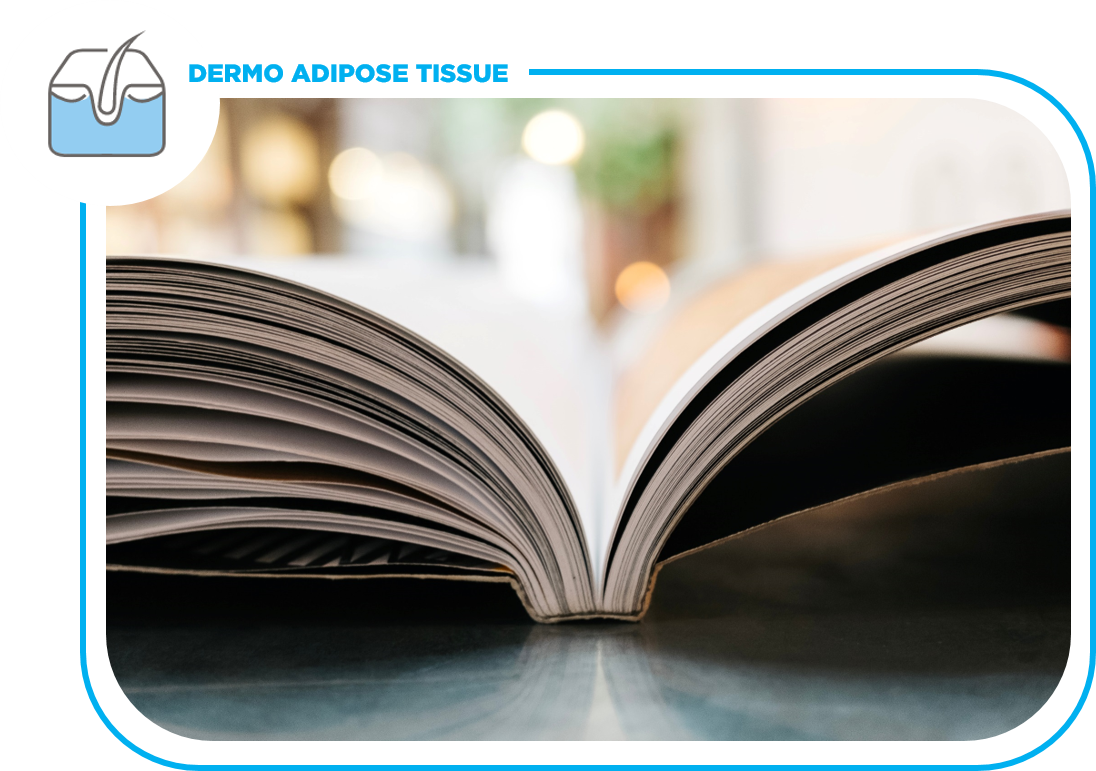
F. Mesguich Batel, B. Bertrand, J. Magalon, P. François, M. Velier, J. Veran, S. Mallet, E. Jouve, F. Sabatier, D. Casanova, Traitement des ridules de la lèvre supérieure par graisse émulsifiée ou Nanofat: étude biologique et clinique à propos de quatre cas, Annales de Chirurgie Plastique Esthétique, Volume 63, Issue 1, 2018, Pages 31-40, ISSN 0294-1260,
Abstract
Objective
Several studies on the injection of emulsified fat have demonstrated its benefits in facial aesthetic surgery. Adipose tissue is mechanically emulsified and filtered before being injected into the dermis through 27 to 30-gauge needles. The aim of our study is to evaluate the biological composition of emulsified fat, its effectiveness, and clinical tolerance in treating perioral fine lines in 4 patients aged 50 to 59 years.
Materials and Methods
Each patient underwent local anesthesia for intradermal injection of emulsified fat into peribuccal fine lines, prepared from abdominal liposuction aspirate. Cellular viability, composition of the stromal vascular fraction (SVF) of emulsified fat, and the adipocyte differentiation capacity of mesenchymal stem cells (MSCs) in this emulsion were studied. Clinical outcomes were evaluated over a 4-month period using standardized photographs, 3D microphotographs, confocal microscopy, and self-assessment of satisfaction.
Results
Biological analysis of emulsified fat revealed lysis of all adipocytes. The mean number of SVF cells was 126,330 ± 2758 cells per cm3 of emulsified fat, with a cellular viability of 85.1 ± 6.84% and an MSC proportion of 18.77 ± 6.2%. Standardized photographic and 3D microphotographic analysis showed a non-significant trend towards reduced volume of fine lines. Patients were satisfied with the treatment, with an average score of 7 ± 1.15/10 at 4 months.
Conclusion
Intradermal injection of emulsified fat appears to be an interesting treatment for facial fine lines. Our study demonstrated its safety, but further studies are needed to confirm its clinical efficacy.
You can have access to the full text link here.